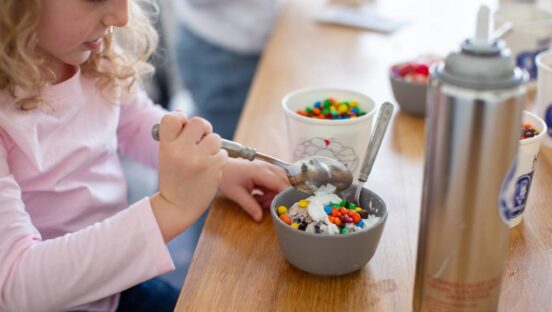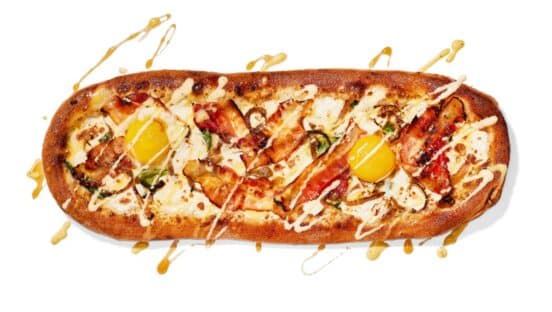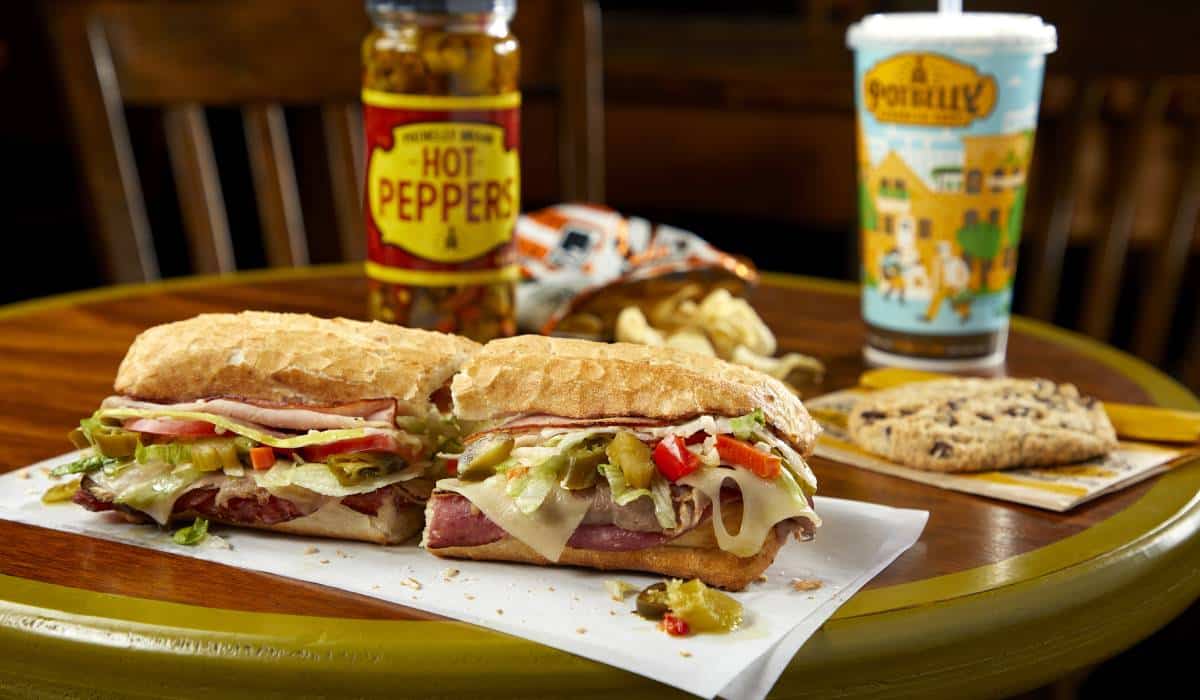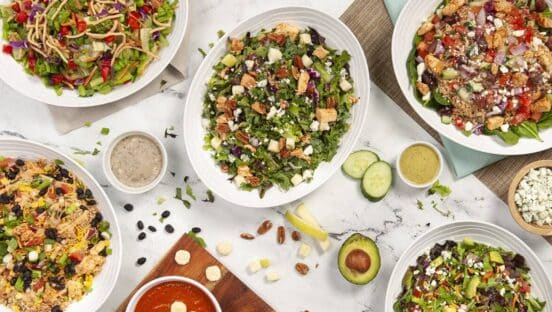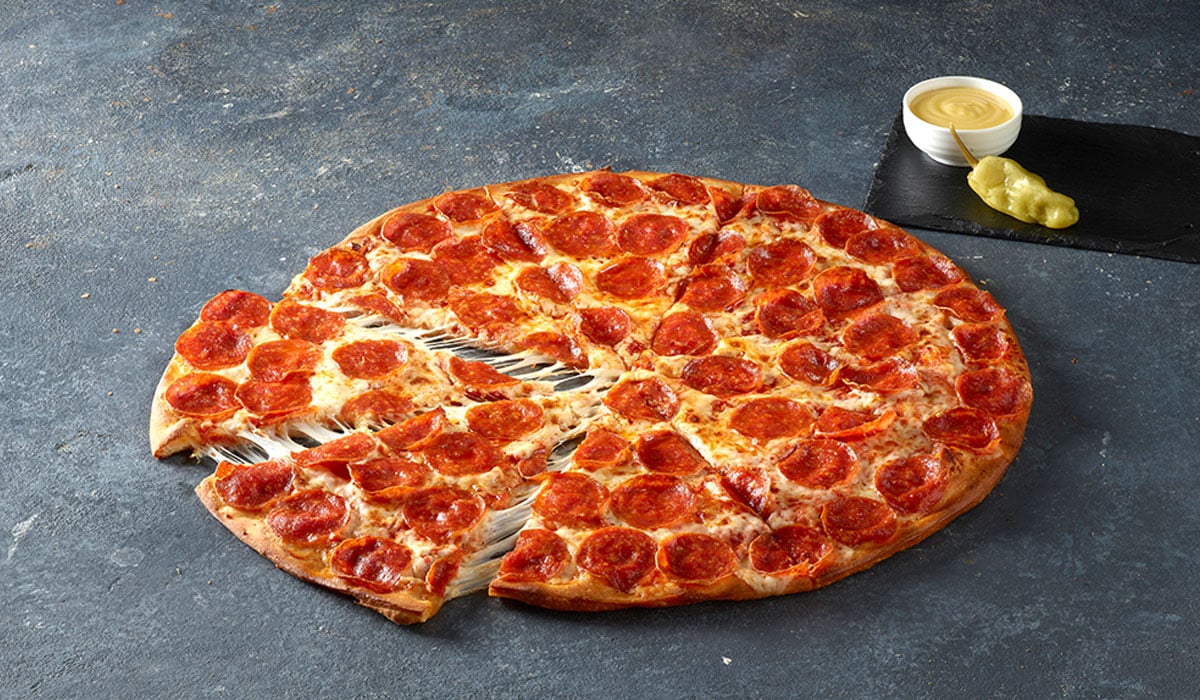Papa John’s menu cleanup machine is going into overdrive. Today the ingredient-focused pizza chain is announcing that it has removed yet another consumer-targeted ingredient from its food menu: high-fructose corn syrup (HFCS).
The switch—from HFCS to sugar—is being made this week at all 3,290 Papa John’s locations nationwide, says Sean Muldoon, chief ingredient officer. With this action, Papa John’s will become the first national pizza chain to remove HFCS from its entire food menu.
“Consumers really want to have natural ingredients,” Muldoon says. “They not only want to understand what the ingredients are, but where they come from.”
Although HFCS technically meets the Food & Drug Administration’s regulations for the use of the word “natural,” it is not necessarily viewed as such by typical consumers. In fact, nearly six in 10 consumers say double-checking if HFCS is an ingredient in their food or beverage is either very important or somewhat important to them, according to a 2014 Harris Interactive survey of adults.
For Papa John’s, the Louisville, Kentucky–based chain that has long-prided itself on quality ingredients, it’s all about cleaning up its menu at a time when core consumers (especially Millennials) are demanding better-for-you ingredients and improved nutritional offerings. The move comes just a handful of months after Papa John’s removed all artificial flavors and synthetic colors from its menu. Later this summer, Papa John’s also plans to sell only grilled chicken pizza toppings and chicken poppers that are raised without antibiotics and fed a vegetarian diet.
Among the other ingredients that Papa John’s has previously axed from its menu: partially hydrogenated oils, MSG, preservatives like BHA and BHT, cellulose, artificial flavors, synthetic colors, and fillers in meat toppings.
“We think we’re on the front end of the trend,” Muldoon says. “The consumer has become more sophisticated. They want good taste and better-for-you foods—or, at least, not full-of-processed-[ingredients] foods.”
Prodded by Millennials, the entire fast-food industry seems to be in race to clean up its menus. Chipotle has generally led the pack in this arena, despite some serious PR setbacks over the past year. Panera has issued a “No-No List” of all the ingredients it won’t use in its foods. Subway has announced plans to sell products made with eggs only from cage-free hens by 2025. And last year, McDonald’s announced new menu sourcing initiatives including only sourcing chicken raised without antibiotics that are important to human medicine.
But one nutritionist says that Papa John’s latest action to remove HFCS seems to be less about improving menu quality and more about improving brand image.
“Why do you consider replacing HFCS with sugar a clean up?” poses Marion Nestle, professor of nutrition at New York University, author, and creator of the popular blog Food Politics. HFCS and sugar “are basically the same in the body. This is about marketing, pure and simple,” she adds.
Not at all, counters Muldoon, who notes that Millennials, in particular, have been asking Papa John’s to remove ingredients like HFCS.
Even then, he says, HFCS was “not in a ton” of Papa John’s products. HFCS was not directly used in any pizzas, but was used in about 10 products like dipping sauces and some desserts, he says. In these items, HFCS will be replaced by sugar.
But it’s not simple.
“You don’t just substitute one for the other,” Muldoon says, noting the whole formula often has to be changed to meet the same taste profile. HFCS typically gives a quicker taste of sweetness than sugar does. So it’s taken Papa John’s two years to match the same flavor profile without HFCS.
“We’re trying to thread the needle,” Muldoon says. New products still have to taste great, but they have to be leaner on ingredients, he adds.
Even then, there’s a constant tension in the new product development lab because the same folks who develop the new products also are the ones being pressured to use fewer, more natural ingredients.
But don’t look for much crowing on national TV about Papa John’s move to eliminate HFCS. Instead, Muldoon says Papa John’s will focus on getting the message out via the favorite hangout for Millennials: social media.
Understanding—and responding to—Millennial wants and needs is key for Papa John’s, Muldoon adds. By 2017, the generation will have the biggest share of wallet, he says, so they can’t be ignored.
At a recent meeting of new franchisees, one told Muldoon that he didn’t really care much about things like HFCS. That’s when Muldoon pulled the franchisee aside and advised him to rethink.
“I reminded him that even if he doesn’t care, it’s critical to the young people who buy pizza at his store. So he’d better start caring,” he says.
What recipe improvement is next for Papa John’s? Muldoon won’t be specific, but he confirms that two more better-ingredient initiatives are on tap for later this year.
Or, as Papa John’s slogan touts: Better ingredients. Better pizza.






